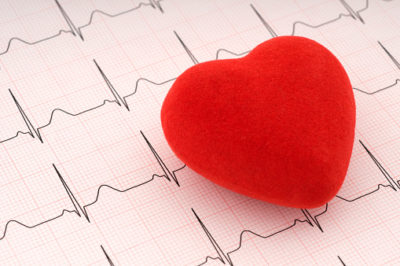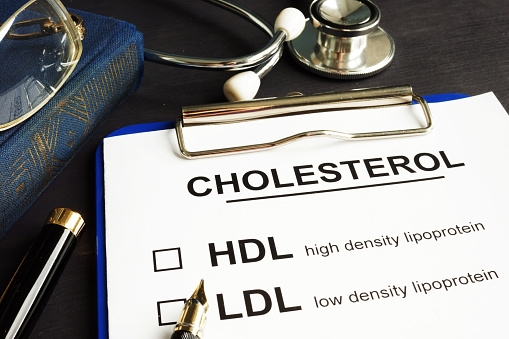Curious about your health? Run the numbers with a little help from your doctor, of course.
Math and health care go hand-in-hand with measurements related to your blood pressure, body mass index and cholesterol providing an overall picture of your health, according to BlueHealth Advantage.
By knowing your numbers and their potential impact, you and your doctor can monitor and take charge of your health status.
Read Blue Cross and Blue Shield of Nebraska’s (BCBSNE) know your numbers series to learn more about your measurements. Part two begins here.

What is cholesterol?
Cholesterol is a waxy, fat-like substance your body needs and produces naturally. It’s also found in some foods, like eggs. Serving a variety of purposes, your body uses cholesterol to make hormones, Vitamin D and substances to help you digest food.
Cholesterol travels through your bloodstream in lipoproteins, which are small packages made of fat and protein. Your body uses two kinds of lipoproteins:
• Low Density Lipoprotein (LDL), which is often called bad cholesterol because it can lead to buildup in your arteries.
• High Density Lipoprotein (HDL) – or good cholesterol, which carries cholesterol to the liver to be removed from your body.
While you need a combination of LDL and HDL, the higher your HDL level, the lower your chance of having heart disease.

Why balance matters
Too much cholesterol in your blood causes plaque to build up in your arteries, which can cause your arteries to narrow. When it affects your coronary arteries:
1. Blood flow to your heart can slow down or stop.
2. The amount of oxygen-carrying blood decreases.
This results in coronary artery disease. Plaque can cause additional health problems, including:
• Angina, which occurs when large plaque leads to chest pain.
• Blood clots caused by the rupture of a thin covering on some plaques, releasing fat and cholesterol into the bloodstream, which may block blood flow and cause a heart attack.
Fortunately, you can lower your risk for the above conditions by lowering your cholesterol level to slow down, reduce or even stop plaque buildup.
Causes you can and cannot control
A variety of factors affect your cholesterol levels, including:
• Causes you can control, such as diet, weight and activity level.
• Causes you cannot control, like heredity and age.
Everyone over 20 should have their cholesterol levels checked at least once every five years. Talk to your doctor to discuss how often you should get checked.

Diagnosis and treatment
High cholesterol usually comes with no symptoms. Your doctor makes a diagnosis by checking the levels of cholesterol in your blood through a lipoprotein test, which provides information about your:
- Total cholesterol.
- LDL and HDL levels.
- Triglycerides, which are another form of fat in your blood.
Most people fast nine to 12 hours before the test. If you’re unable to have a lipoprotein profile done, other tests are available.
Stay tuned for additional know your numbers coverage.
For more articles like this one, visit the health and wellness tab.







